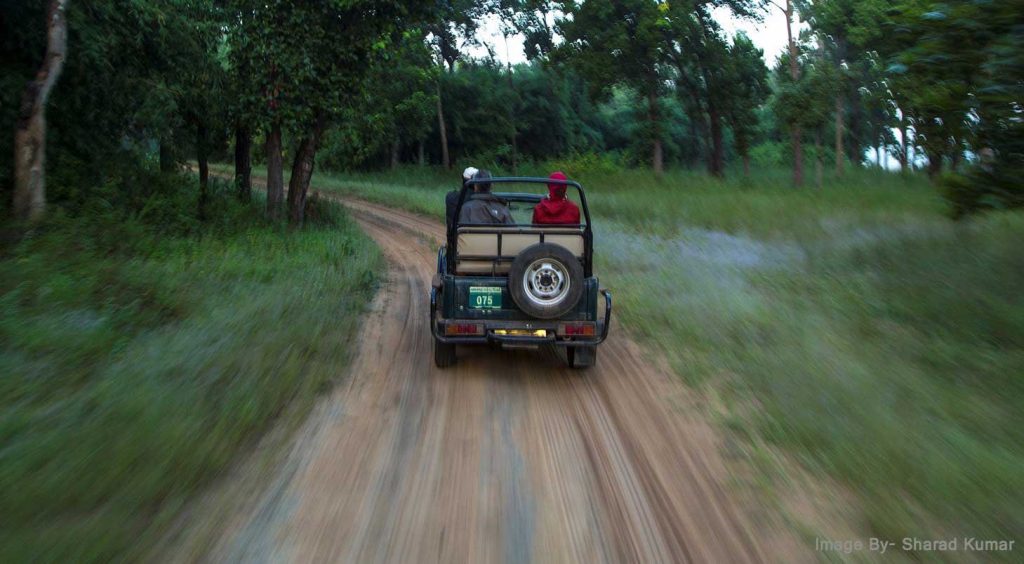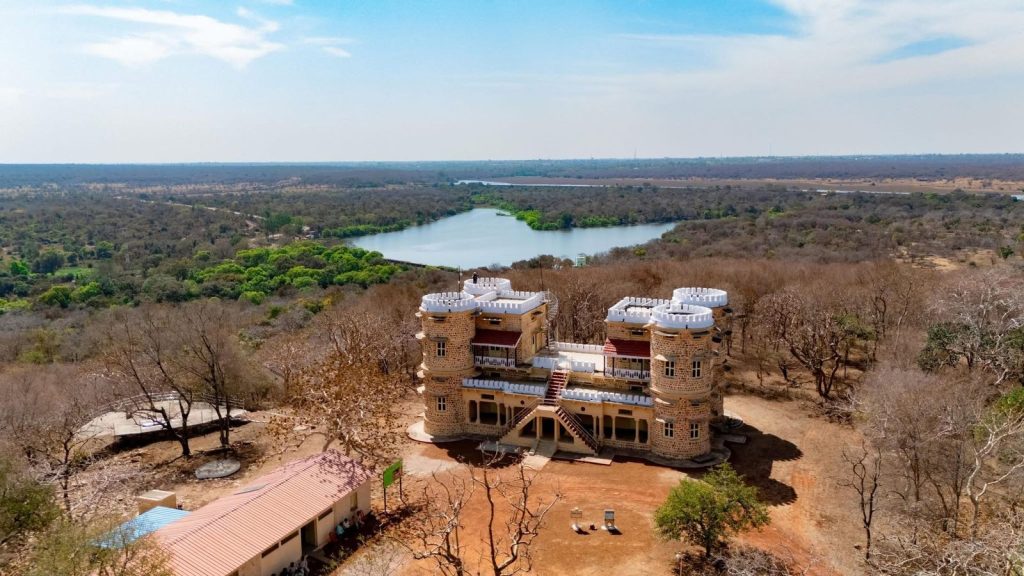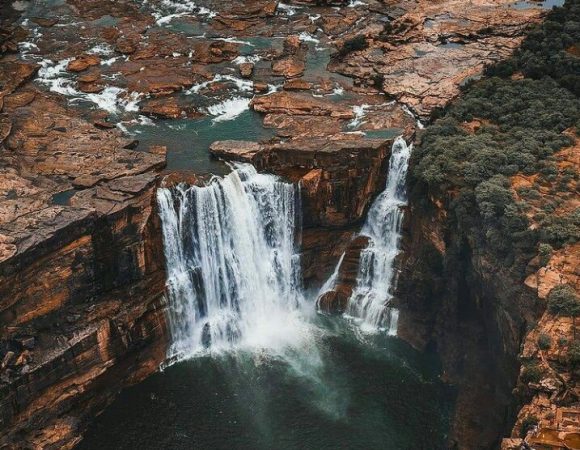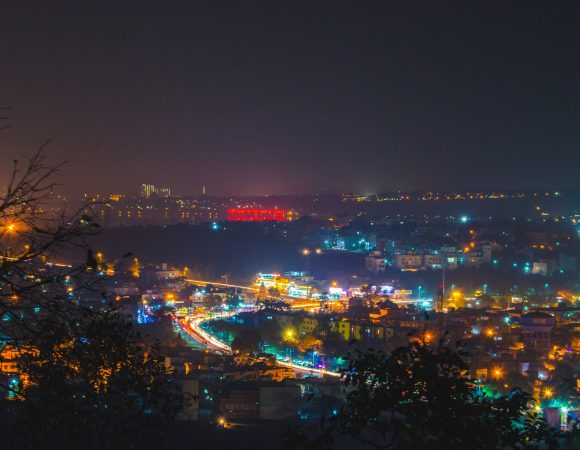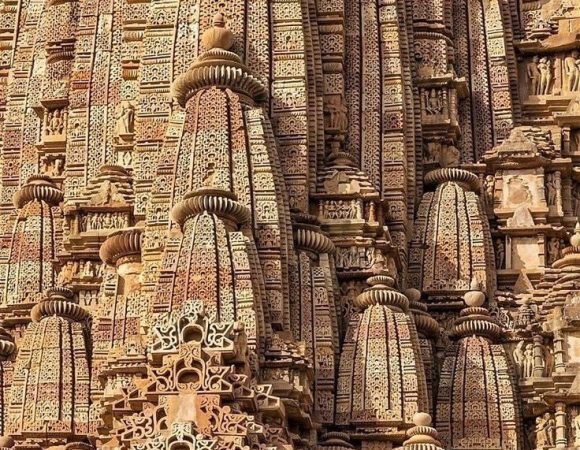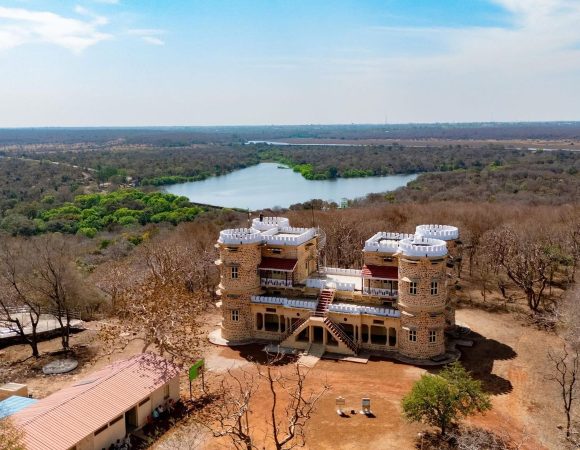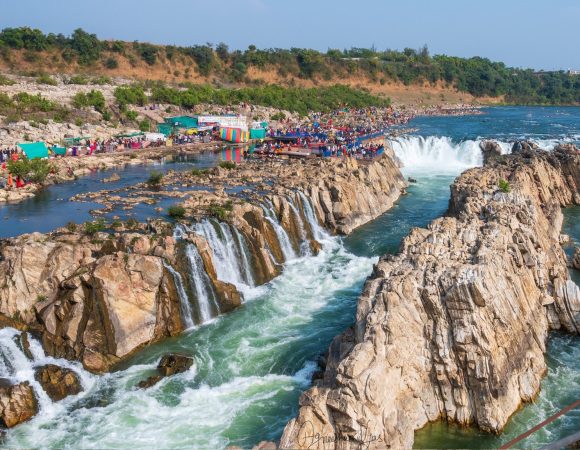Overview
Madhya Pradesh is the second largest Indian Sate in size with an area of 3,08,000 sq.km. Geographically it occupies a pivotal position in the country. King Ashoka first among all, ruled over Ujjain. A sizeable portion of Central India was part of the Gupta empire (300-500 A.D.). The Muslims came into Central India in the beginning of 11th century. Madhya Pradesh came into being on 1 November 1956. It was reorganised on 1 November 2000 to create a new Chhattisgarh state. The successive state, now, is bounded in north by Uttar Pradesh, east by Chhattisgarh, south by Maharashtra and west by Gujarat and Rajasthan.
Perfectly preserved medieval cities, refreshing and enchanting wildlife sanctuaries and some of the holiest and most revered pilgrim centres offer to the tourist the most fulfilling experience. Tranquil beauty of Pachmarhi, glittering splendour of Marble Rocks and roaring sound of Dhuandhar Fall at Bedaghat, Kanha National Park, with its unique Barasingha and Bandhavgarh National Park with its prehistoric caves and wildlife are some of the major attractions of the State.
Gwalior, Mandu, Datia, Chanderi, Jabalpur, Orchha, Raisen, Sanchi, Vidisha, Udaygiri, Bhimbetika, Indore and Bhopal are the places well-known for their historical monuments. Maheshwar, Omkareshwar, Ujjain, Chitrakoot and Amarkantak are major centres of pilgrimage. Omkareshwar, Maheshwar and Amarkantak have been declared as holy cities for their integrated development in accordance with their religious significance.


